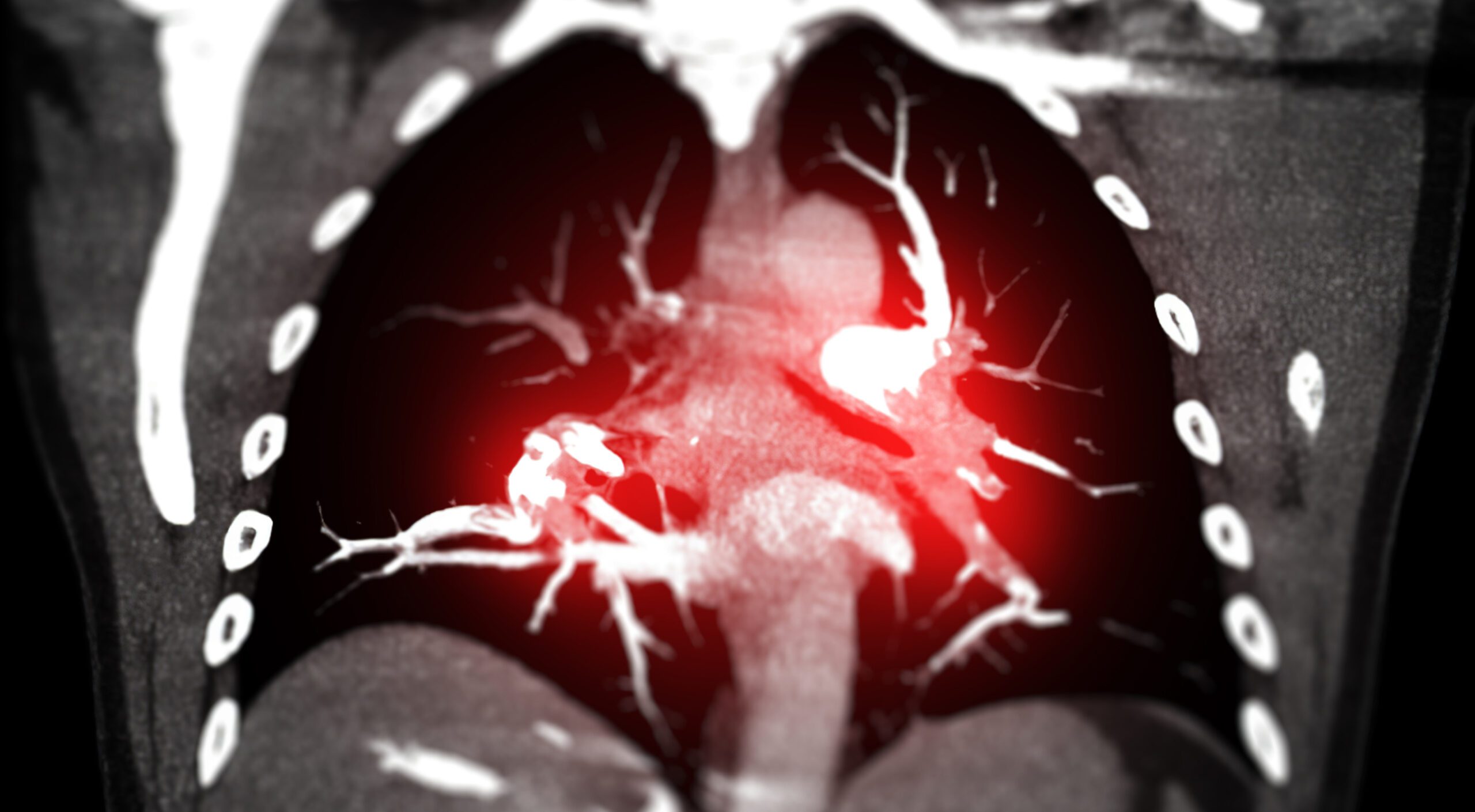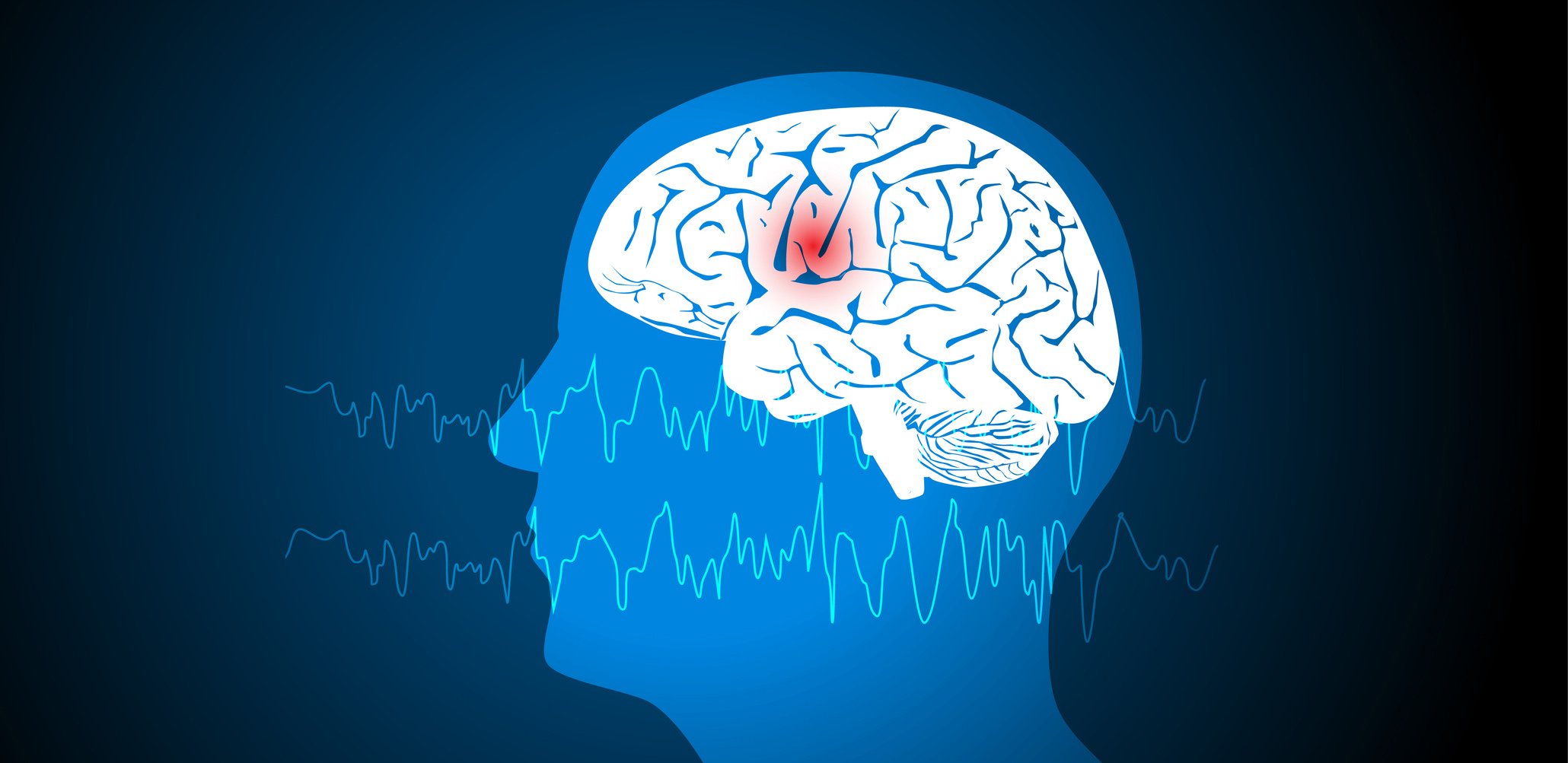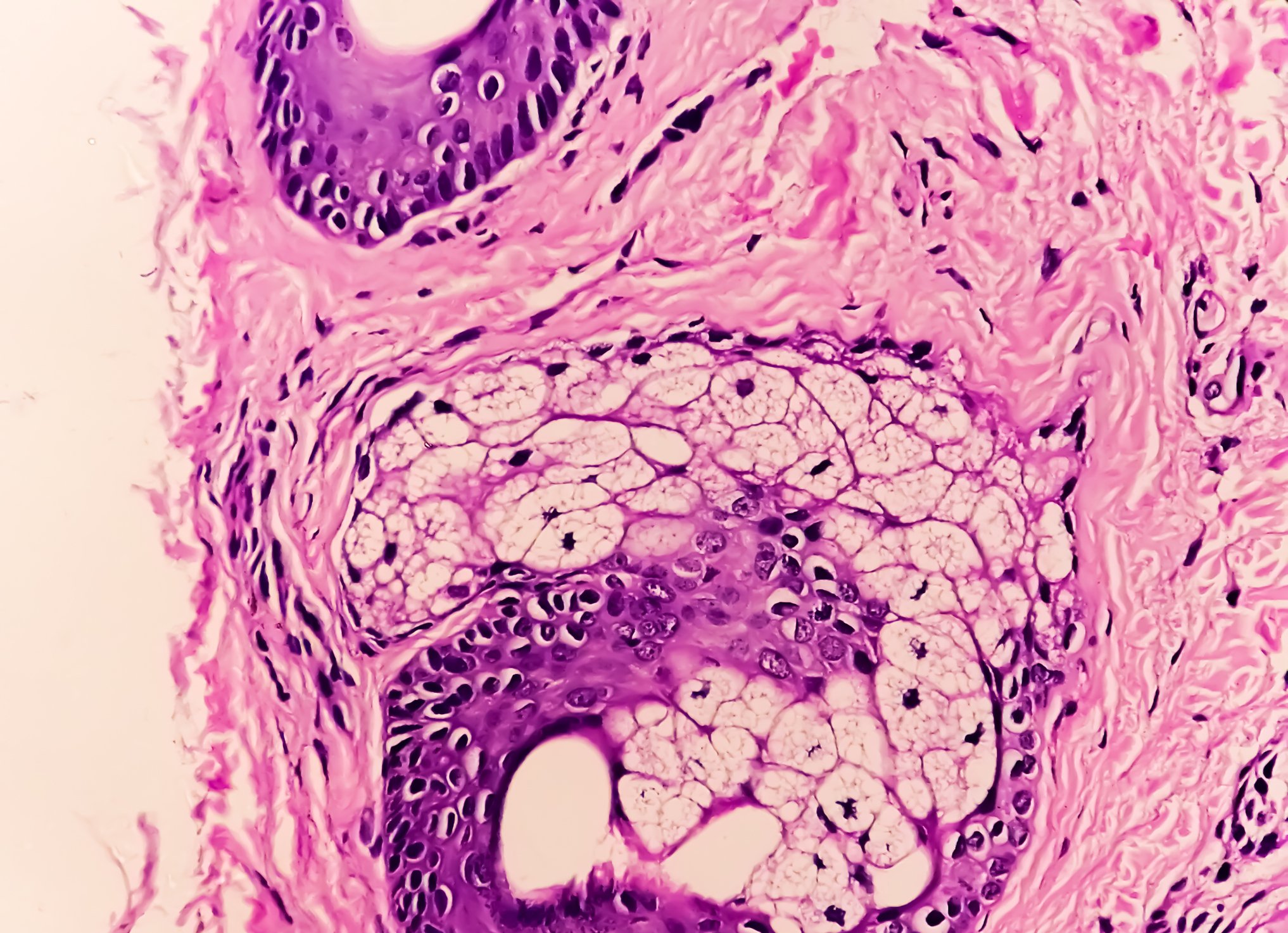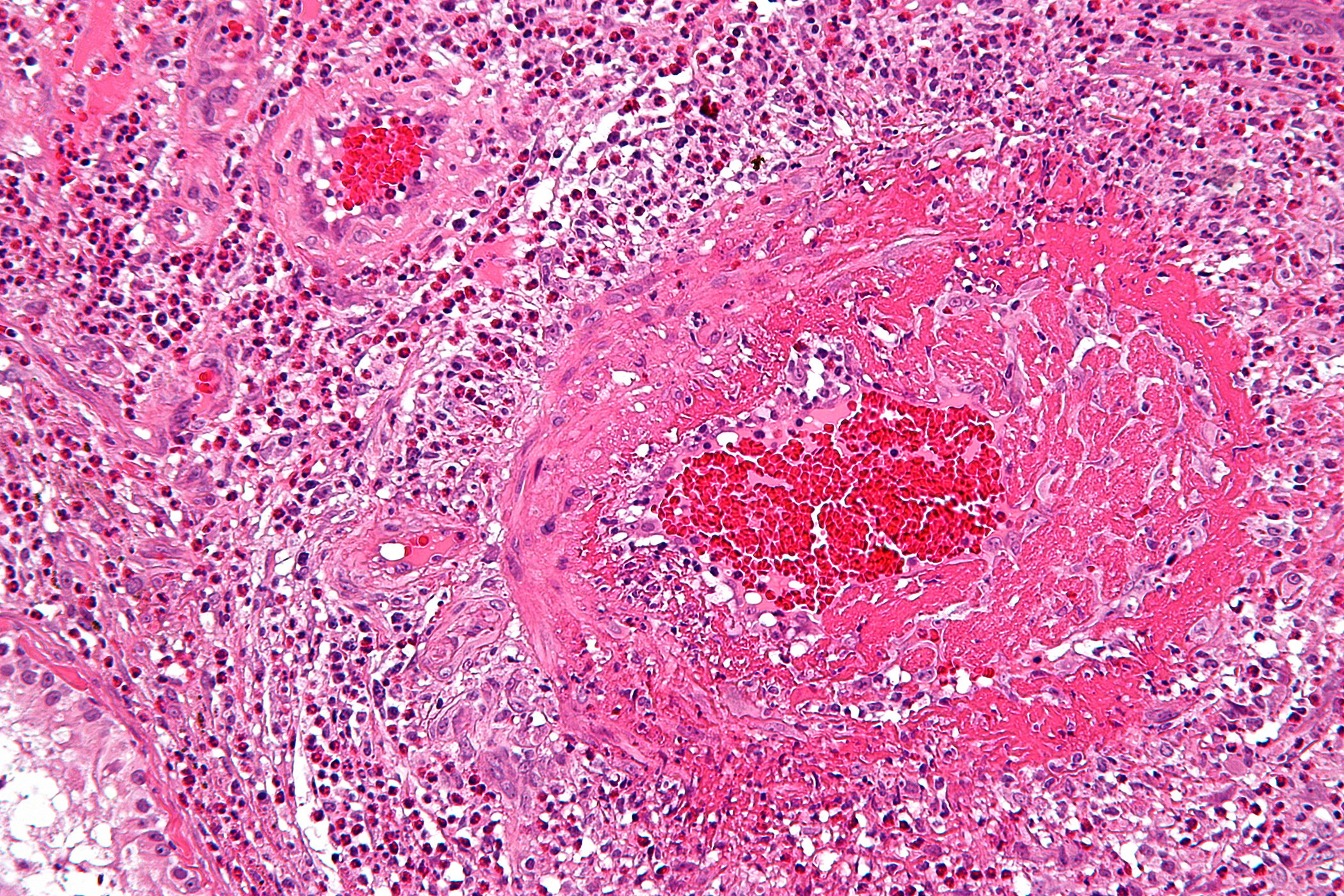The most common symptoms include acute dyspnea, chest pain, syncope or presyncope and hemoptysis. The spectrum of clinical presentation ranges from asymptomatic patients to hemodynamic instability and shock. The clinical examination findings of the lungs are typically unremarkable. The suspected diagnosis of pulmonary embolism can be confirmed using imaging techniques.
Autoren
- Dr. med. Hans-Joachim Thiel
Publikation
- InFo PNEUMOLOGIE & ALLERGOLOGIE
Related Topics
You May Also Like
- Adherence in severe or poorly controlled asthma
Digital monitoring with potential for greater treatment adherence
- Crohn's disease and depression
Significant psychological stress for CD patients
- Epilepsy
Cannabidiol for refractory epilepsy syndromes
- Stomach cancer and Helicobacter pylori
A question of income?
- Prurigo nodularis and AD
Effective itch relief through inhibition of the IL-31 signaling pathway
- Cutaneous Crohn's disease
Effective alternative to TNF inhibitors
- Palliative care symptom and needs assessment.
What screening tools are helpful?
- Benralizumab in a patient with asthma and EGPA









